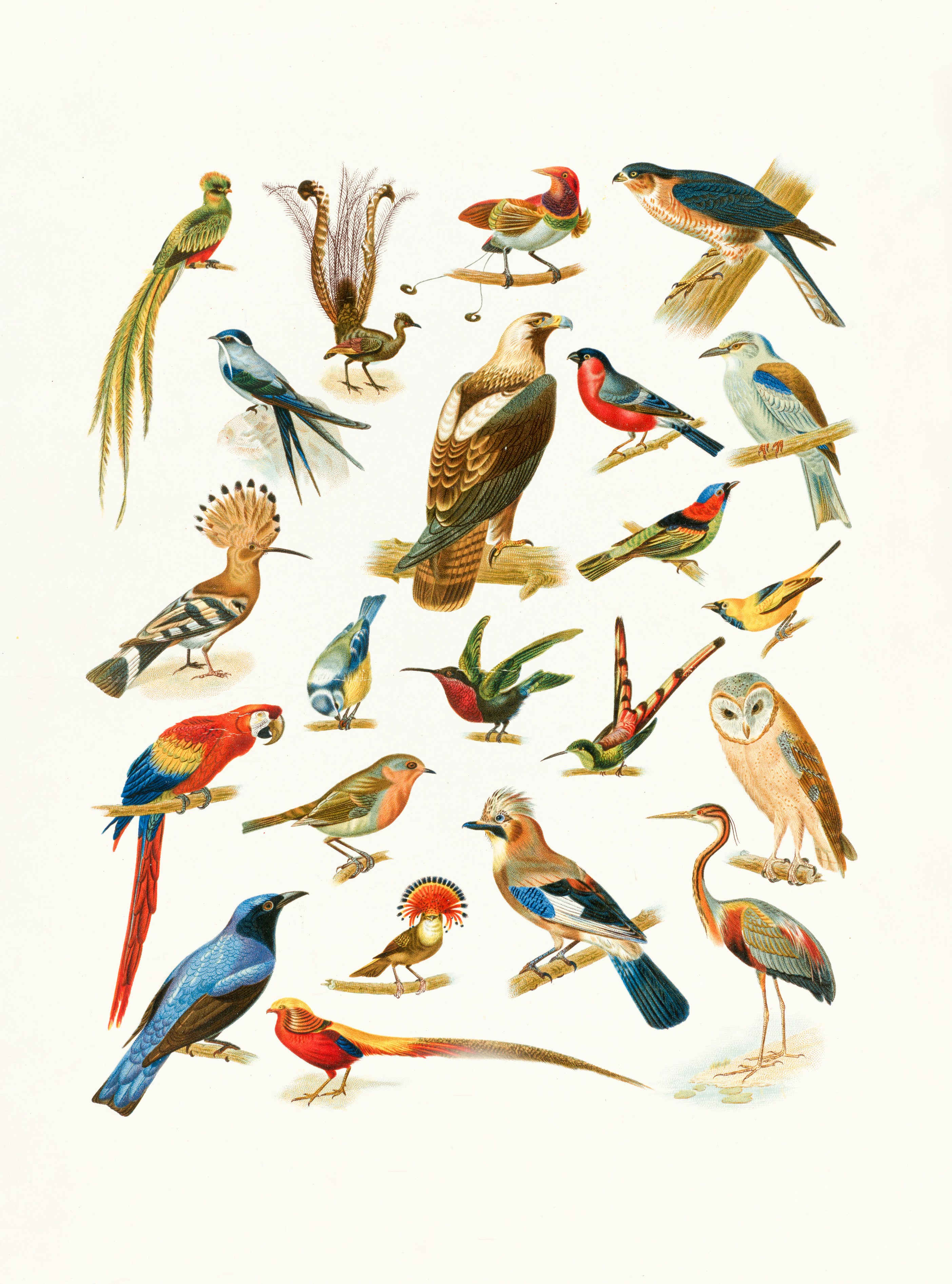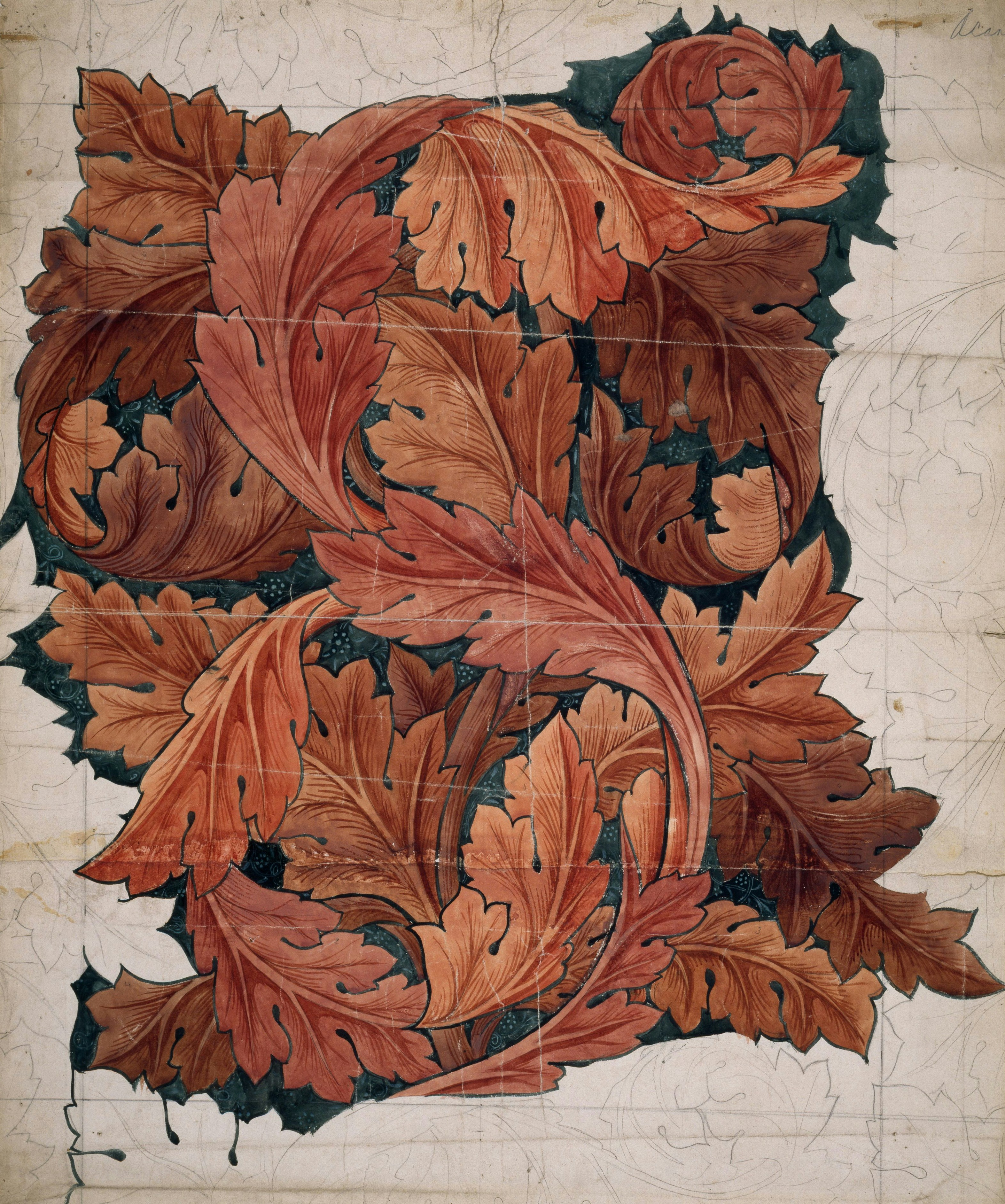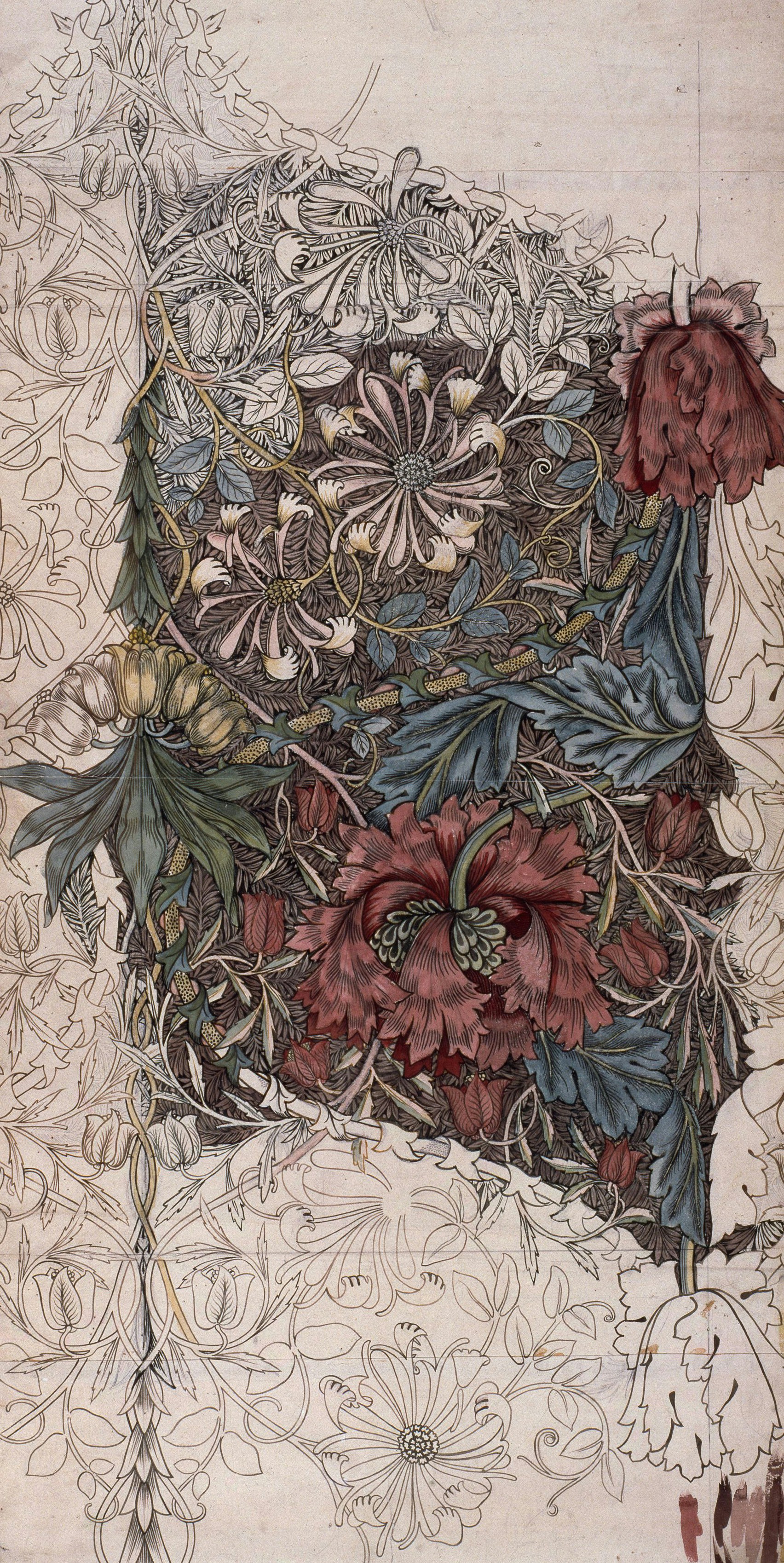I recently had the amazing opportunity to explore the dynamic and captivating realm of mixed media art. In this case study, I delved into the world of mixed media inspiration and discovered the incredible potential it holds for artistic expression. With a curious mind and an open heart, I embarked on a journey that would awaken my creativity and push the boundaries of traditional art forms. Let me take you on this captivating adventure, as we dive into the immersive and innovative world of mixed media art.

Understanding Mixed Media Art
Mixed media art is a form of artistic expression that combines different materials and techniques to create a single artwork. It is a versatile and dynamic art form that allows artists to experiment and explore various mediums, textures, and concepts. The origins of mixed media art can be traced back to the early 20th century, when artists began to break away from traditional artistic boundaries and started to incorporate non-traditional materials into their work.
Different Forms of Mixed Media Art
Mixed media art can take on a variety of forms, ranging from collage and assemblage to sculpture and installation. Collage is one of the most commonly used techniques in mixed media art, which involves cutting and pasting different materials such as paper, fabric, and found objects onto a surface to create a visually compelling composition. Assemblage, on the other hand, involves combining various three-dimensional objects and materials to create a sculptural piece. Sculpture and installation mixed media art incorporates different materials and techniques, often creating immersive experiences for the viewer.

Mixed Media in Contemporary Art
In today’s art world, mixed media has become increasingly popular and widely recognized as a legitimate art form. Many contemporary artists are drawn to mixed media because it allows them to push the boundaries of traditional art and explore new ways of self-expression. From renowned artists like Robert Rauschenberg and Marcel Duchamp to emerging artists experimenting with new materials and techniques, mixed media art continues to evolve and captivate audiences around the world.
The Rise of Mixed Media
To fully understand the rise of mixed media art, it is essential to examine its historical context. In the early 20th century, traditional art forms such as painting and sculpture were being challenged by avant-garde movements like Dadaism and Surrealism. Artists were seeking new ways to break free from the constraints of traditional art and incorporate everyday objects and materials into their work. This shift in thinking laid the foundation for the rise of mixed media art.

Major Contributors and Their Influence
Several artists played a significant role in the development and popularization of mixed media art. One such artist is Robert Rauschenberg, who is often credited as the pioneer of the mixed media movement. His groundbreaking “combines,” as he called them, incorporated found objects, newspaper clippings, and other materials into his paintings. Rauschenberg’s innovative approach challenged traditional notions of art and opened up new possibilities for artists.
Another influential artist in the realm of mixed media is Marcel Duchamp, who is known for his readymades – everyday objects that he repurposed as art. Duchamp’s works, such as “Fountain,” a urinal he submitted as art, questioned the very definition of art and challenged traditional notions of artistic production. His influence can be seen in the conceptual aspect of mixed media art, where artists often use various materials and techniques to convey their ideas and messages.
Mixed Media’s Impact on the Art World
The introduction of mixed media art had a significant impact on the art world, challenging the traditional norms and expectations of what art should be. It provided artists with a new platform for experimentation and self-expression, allowing them to incorporate non-traditional materials, techniques, and concepts into their work. Mixed media art also opened up opportunities for collaboration between artists from different disciplines, leading to the blurring of boundaries between various art forms.
The incorporation of mixed media art into the mainstream art world has also expanded the audience’s understanding and appreciation of art. By using a combination of materials and techniques, artists are able to create visually complex and thought-provoking pieces that engage viewers on multiple levels. The inclusivity of mixed media art allows individuals from diverse backgrounds and experiences to find connections and meaning in the artwork.

Materials and Techniques
In mixed media art, artists have the freedom to choose from a wide range of materials and techniques. Some commonly used materials include acrylic paints, paper, fabric, found objects, photographs, and even digital elements. The choice of materials often depends on the artist’s concept and desired effect.
In terms of techniques, artists employ a variety of methods to combine different elements effectively. This can include layering materials, collage, impasto techniques, and incorporating texture through the use of gels and mediums. The combination of materials and techniques allows artists to create artworks that are visually rich, tactile, and multidimensional.
Case Study Overview
In this case study, we will be examining a selected piece of mixed media art to dive deeper into the world of inspiration and creative process behind it. The selected artwork, titled “Luminosity,” was created by contemporary artist Emily Johnson.
Artist Background
Emily Johnson, a mixed media artist based in New York City, has been working in the field of mixed media art for over a decade. With a background in fine arts and a passion for experimentation, Johnson is known for her innovative use of materials and her ability to evoke emotions through her artwork.
Concept and Inspiration Behind the Work
“Luminosity” was inspired by Johnson’s fascination with the interplay between light and darkness. She wanted to explore the concept of how even the smallest amount of light can illuminate an entire space. The piece is a mixed media installation consisting of various transparent materials, such as glass and acrylic, layered to create a sense of depth and luminosity. Johnson aimed to create an immersive experience for the viewer, evoking a feeling of wonder and contemplation.
Analyzing the Artwork
When analyzing mixed media artwork like “Luminosity,” several aspects come into play, including composition, color, texture, symbolism, and themes.
The composition and structure of “Luminosity” are meticulously crafted to create a sense of balance and harmony. The layering of transparent materials and the strategic placement of light sources create a dynamic and ethereal quality to the piece.
In terms of color and texture, Johnson uses a combination of translucent blues, greens, and purples to evoke a serene and otherworldly atmosphere. The texture is achieved through the use of different materials with varying levels of transparency, creating an interplay of light and shadow.
The symbolism and themes in “Luminosity” revolve around the concept of illumination and transformation. The artwork invites the viewer to reflect on the power of light and how it can bring forth hidden beauty and meaning in the darkness.
The Creative Process
For Emily Johnson, the creative process begins with conceptualization. She spends considerable time researching and gathering inspiration from various sources, such as nature, literature, and personal experiences. Once she has a clear vision in mind, Johnson moves on to the execution phase, experimenting with different materials and techniques to bring her concept to life.
Challenges are an inherent part of the creative process, and Johnson often encounters technical difficulties during the fabrication stage. Whether it is achieving the desired level of translucency or finding the right balance of materials, these challenges push her to think critically and make creative improvisations.
Impact and Reception
Public and critical reception of “Luminosity” has been overwhelmingly positive. The artwork has been exhibited in numerous galleries and art fairs, garnering praise for its innovative use of materials and its ability to create a captivating and immersive experience. “Luminosity” has also brought significant recognition to Emily Johnson, propelling her career as a mixed media artist and opening up new opportunities for future exhibitions and collaborations.
In terms of influence on the mixed media genre, “Luminosity” has served as an inspiration for other artists, encouraging them to explore the potential of light and transparency in their own work. The piece has contributed to the ongoing evolution of mixed media art, showcasing its versatility and impact on contemporary art practices.
Mixed Media Techniques for Beginners
If you are interested in exploring mixed media art, getting started is easier than you might think. Here are some basic materials that will help you begin your journey:
- Acrylic paints: These versatile paints can be used on a variety of surfaces and can be easily layered for a textured effect.
- Collage materials: Gather a wide range of papers, fabrics, and found objects to experiment with different texture and composition.
- Gesso: This white primer is used to prepare surfaces for painting and can be used to create texture and build layers.
- Gel medium: This transparent adhesive is used to adhere different materials together and create texture and depth.
- Brushes and palette knives: These tools will help you apply paint and manipulate different materials.
Start with small, simple projects to familiarize yourself with the different techniques and materials. Experimentation is key, so don’t be afraid to combine different elements and see what works best for you. The beauty of mixed media art is that there are no strict rules, so embrace your creativity and let your imagination guide you.
The Future of Mixed Media
As the art world continues to evolve, so does the world of mixed media art. Emerging artists are pushing the boundaries of the genre, incorporating new materials and techniques into their work. Some trends that have emerged include the integration of digital and new media, such as video and interactive installations, into mixed media art. This fusion of traditional and digital mediums opens up exciting possibilities for artists to explore and engage with their audience in innovative ways.
Looking ahead, the evolution of mixed media art will likely be shaped by advancements in technology, as well as societal and cultural shifts. As artists continue to experiment and challenge traditional norms, it is safe to say that mixed media art will remain a vibrant and dynamic form of artistic expression.
Building Your Own Mixed Media Portfolio
If you are a mixed media artist looking to develop a unique style, curate your artwork, and promote your work, there are several steps you can take.
Firstly, take the time to reflect on your artistic vision and explore different themes and concepts that resonate with you. This will help you develop a unique and cohesive body of work that reflects your personal style.
Once you have created a collection of artworks that you are proud of, curating your portfolio is crucial. Select your best pieces that showcase your skills, creativity, and versatility. Consider the flow and arrangement of your artworks and ensure that they are presented in a professional and visually appealing manner.
Promoting your work is essential for gaining recognition and opportunities. Establish an online presence through a website or social media platforms, where you can showcase your artwork, share your creative process, and connect with fellow artists, collectors, and galleries.
Participating in exhibitions, art fairs, and other art events can also help you gain exposure and network with industry professionals. Take advantage of these opportunities to engage with the community, receive feedback, and make valuable connections.
Remember, building a successful mixed media portfolio takes time and dedication. Stay true to yourself, continuously explore new ideas and techniques, and keep pushing the boundaries of what mixed media art can be.
In conclusion, mixed media art is an exciting and ever-evolving field that offers endless possibilities for creative expression. From its origins in the early 20th century to its impact on contemporary art, mixed media has challenged traditional notions and expanded the boundaries of artistic practice. By combining different materials and techniques, artists can create visually compelling and thought-provoking artworks that engage and inspire viewers. Whether you are a beginner exploring the world of mixed media or an established artist looking to push the boundaries, the future of mixed media art is ripe with potential. So dive in, experiment, and let your imagination run wild in the vibrant world of mixed media inspiration.
